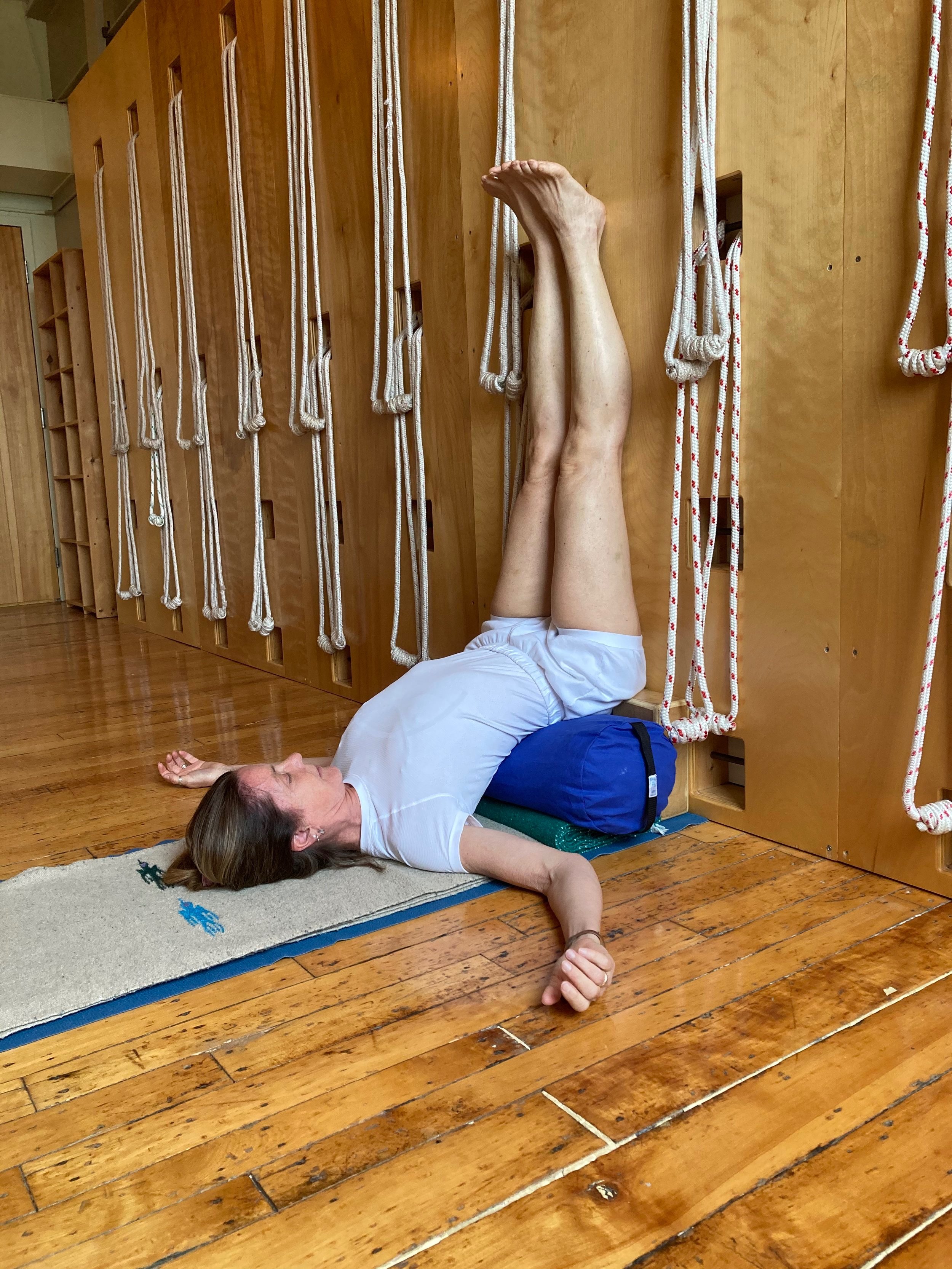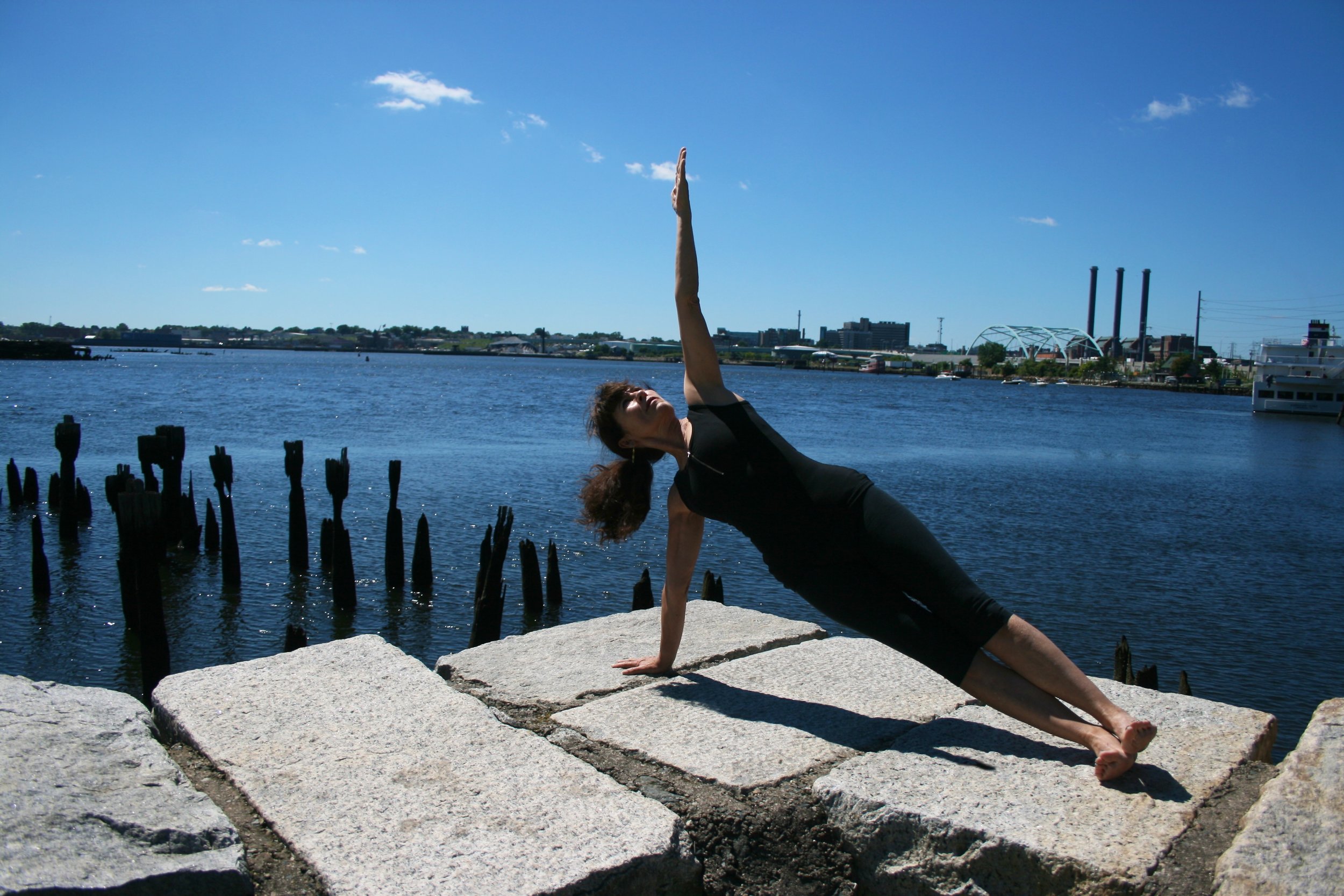Imagine feeling a surge of energy, a relief from nagging back pain, and standing tall with confidence every day. It might sound like a distant dream, but with yoga, this transformation is within reach. As we navigate a world filled with constant sitting and screen time, our bodies can take a hit—leading to poor posture and persistent back discomfort. Yoga offers a powerful solution to these common issues, helping you restore balance, strength, and well-being.
Why Posture Matters
Good posture isn’t just about looking poised; it’s about feeling good and functioning well. When our posture suffers, so does our back. Slouching or hunching over can strain our spine and muscles, causing discomfort and even pain. The good news? Yoga provides a natural remedy that aligns both body and mind, setting the stage for improved posture and alleviated back pain.
Yoga Poses to Improve Your Posture and Ease Back Pain
1.Mountain Pose (Tadasana): The Foundation of Strength
Feel grounded, like a mountain—stable and unshakable. Tadasana may appear simple, but it sets the tone for strong, mindful posture. Stand tall with feet aligned, balance your weight evenly, engage your legs, and lengthen your whole spine to become taller. This pose invites awareness of alignment and creates a solid base for every other pose in your practice.
2. Downward Facing Hero Pose (Adho Mukha Virasana): A Restorative Release
Adho Mukha Virasana invites relaxation and lengthens the lower back. Kneeling with your hips resting on your heels (place a blanket behind your knees if needed), extend your arms forward and rest your forehead on a block or the mat. This restful pose helps you release back tension and quieten your mind.
3. Downward-Facing Dog (Adho Mukha Svanasana): Energize and Rejuvenate
Think of this as your full-body reset. From hands and knees, lift your hips into an inverted V-shape. Adho Mukha Svanasana stretches and strengthens your back, shoulders, and legs, cultivating ease in your movement and vitality in your day. If your shoulders are tight you can place your hands on a chair.
4. Bridge Pose (Setu Bandha): A Bridge to Strength and Flexibility
Setu Bandha opens your chest and strengthens your back. Begin lying on your back, feet hip-width apart, then lift your hips. Place a block under your tailbone to stay. This pose counters the effects of sitting, promoting better posture and flexibility in your spine.
5. Savasana (Corpse Pose): Deep Rest with Calves Supported
End your practice with Savasana, allowing for deep rest and restoration. Lie on your back and rest your calves on the seat of a chair. This gentle variation relieves pressure from your lower back and encourages full-body relaxation, helping you release tension and quiet the mind.
Tips to Make Yoga a Part of Your Daily Life
Start Small, Dream Big: Begin with gentle poses and gradually build your practice. Each step forward brings you closer to a pain-free, aligned body.
Make Yoga a Habit: Consistency is your ally. Even a few minutes a day can make a significant difference. Find a time that works for you and stick with it.
Mind Your Alignment: Proper alignment is key to reaping the full benefits of yoga. Focus on your body’s alignment to ensure you’re getting the most out of each pose.
Mix It Up: Complement your yoga practice with other activities like walking or swimming. This combination enhances overall flexibility and strength.
Embrace the Transformation
Transforming your posture and relieving back pain through yoga is not just a goal—it’s a journey of self-discovery and empowerment. As you explore the poses and techniques, you’ll not only feel better but also reconnect with your body’s natural alignment and strength.
At Iyengar Yoga Source, we’re here to guide you every step of the way. Our supportive community and expert instructors are dedicated to helping you experience the full benefits of yoga. Discover how yoga can be the key to a healthier, more vibrant you—one pose at a time.
Ready to take the first step? Visit us and find out how yoga can reshape your life and alleviate back pain. Your journey to better posture and well-being starts here!






